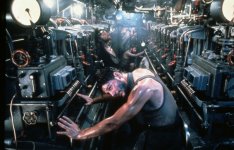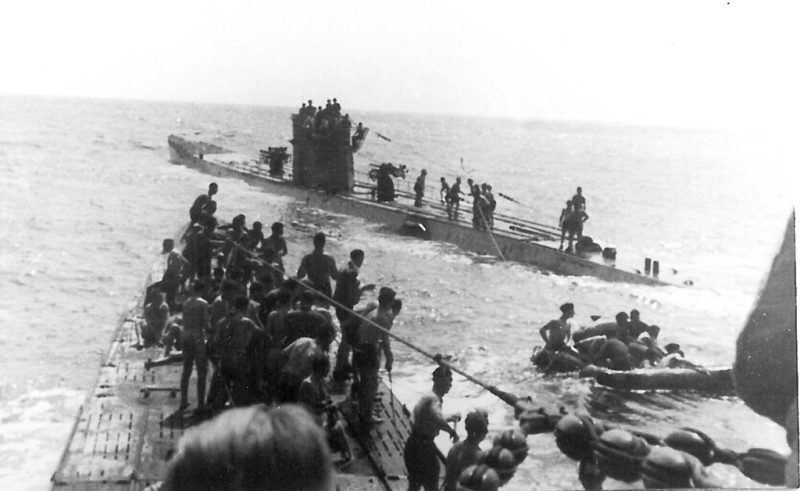- Reaction score
- 64
- Points
- 530
Powerful images of the sunken U boat off Cape Hatteras.The crew of 45 remain on their eternal patrol.They had sunk a merchant ship but that crew was rescued.The two wrecks are 240 yards apart.
http://www.miamiherald.com/news/nation-world/national/article99634292.html
“It goes from a page in a scientific report down to a very real place at the bottom of the ocean,” said David Alberg, superintendent of the Monitor National Marine Sanctuary in Newport News, Va.
“When you see (the submarine) and see the dive planes tilted up in a sign that the ship was doing everything it could to get to the surface, and all the hatches sealed, you realize that this is a tomb for all those young men we fought. You begin to look at it a little differently.”
All told nearly 1,600 sailors, including 1,100 merchant mariners, died off North Carolina during the war, Alberg said. Most died in 1942, when U-boats attacked merchant convoys in what historians call the “Battle of the Atlantic.”
http://www.miamiherald.com/news/nation-world/national/article99634292.html
“It goes from a page in a scientific report down to a very real place at the bottom of the ocean,” said David Alberg, superintendent of the Monitor National Marine Sanctuary in Newport News, Va.
“When you see (the submarine) and see the dive planes tilted up in a sign that the ship was doing everything it could to get to the surface, and all the hatches sealed, you realize that this is a tomb for all those young men we fought. You begin to look at it a little differently.”
All told nearly 1,600 sailors, including 1,100 merchant mariners, died off North Carolina during the war, Alberg said. Most died in 1942, when U-boats attacked merchant convoys in what historians call the “Battle of the Atlantic.”







